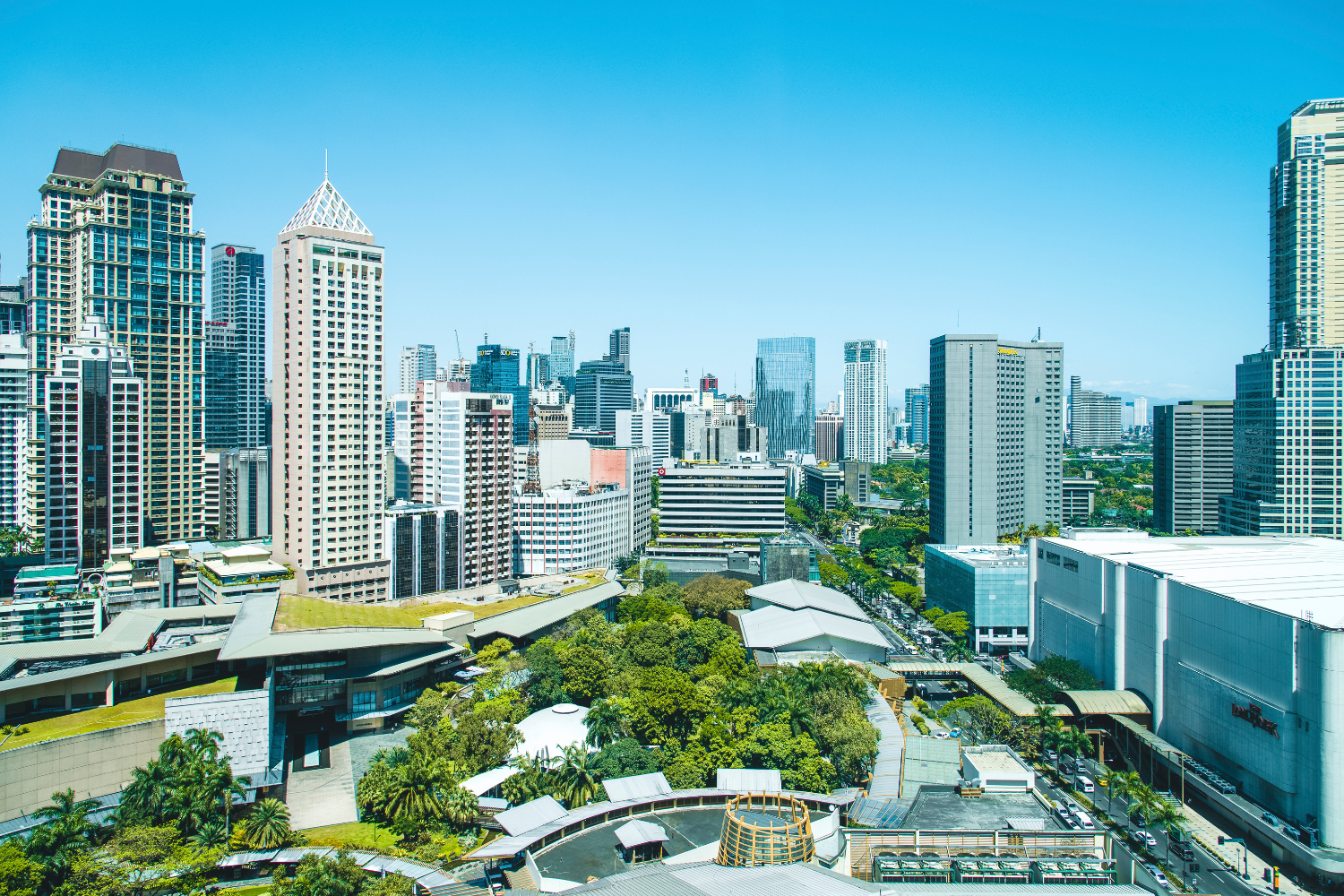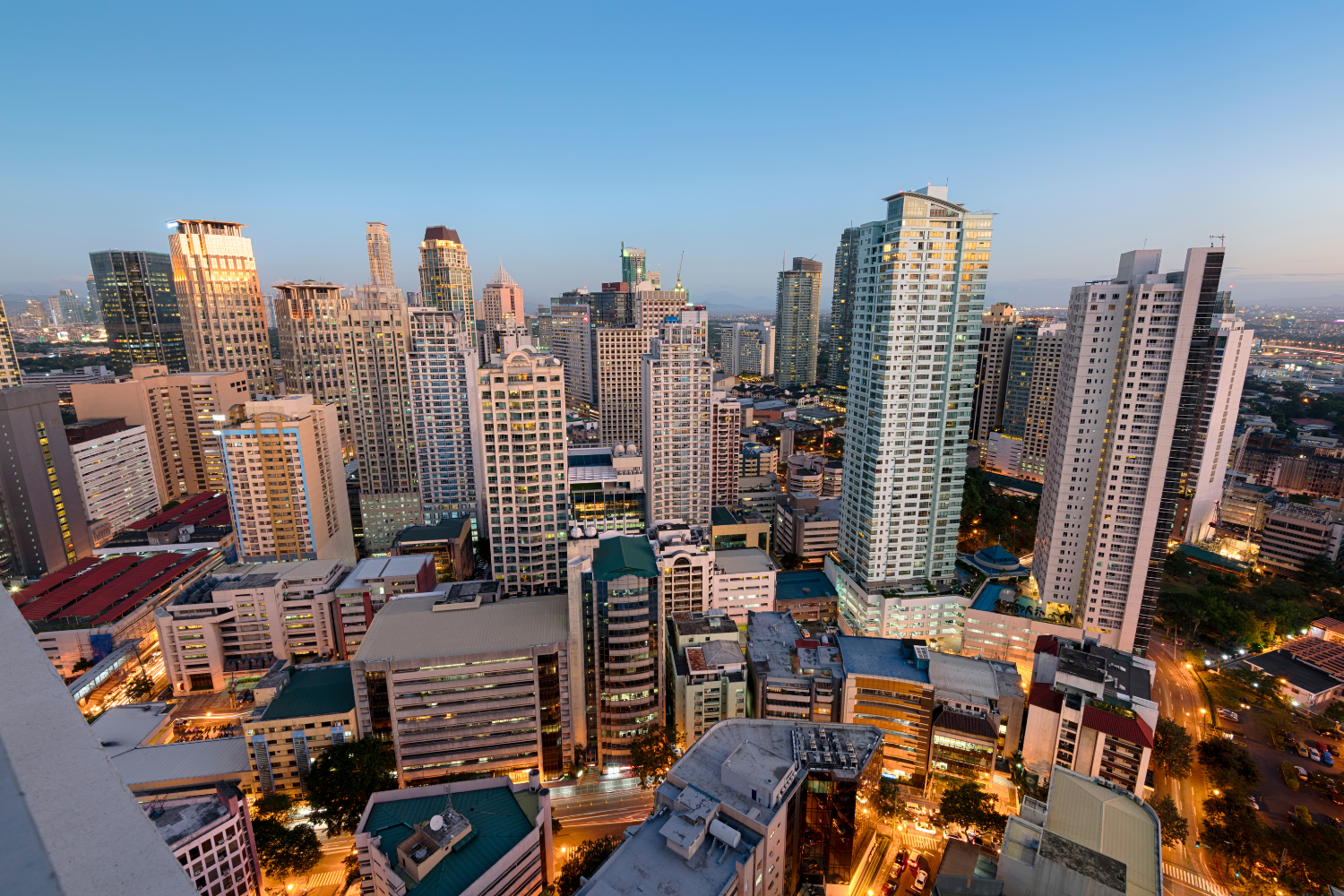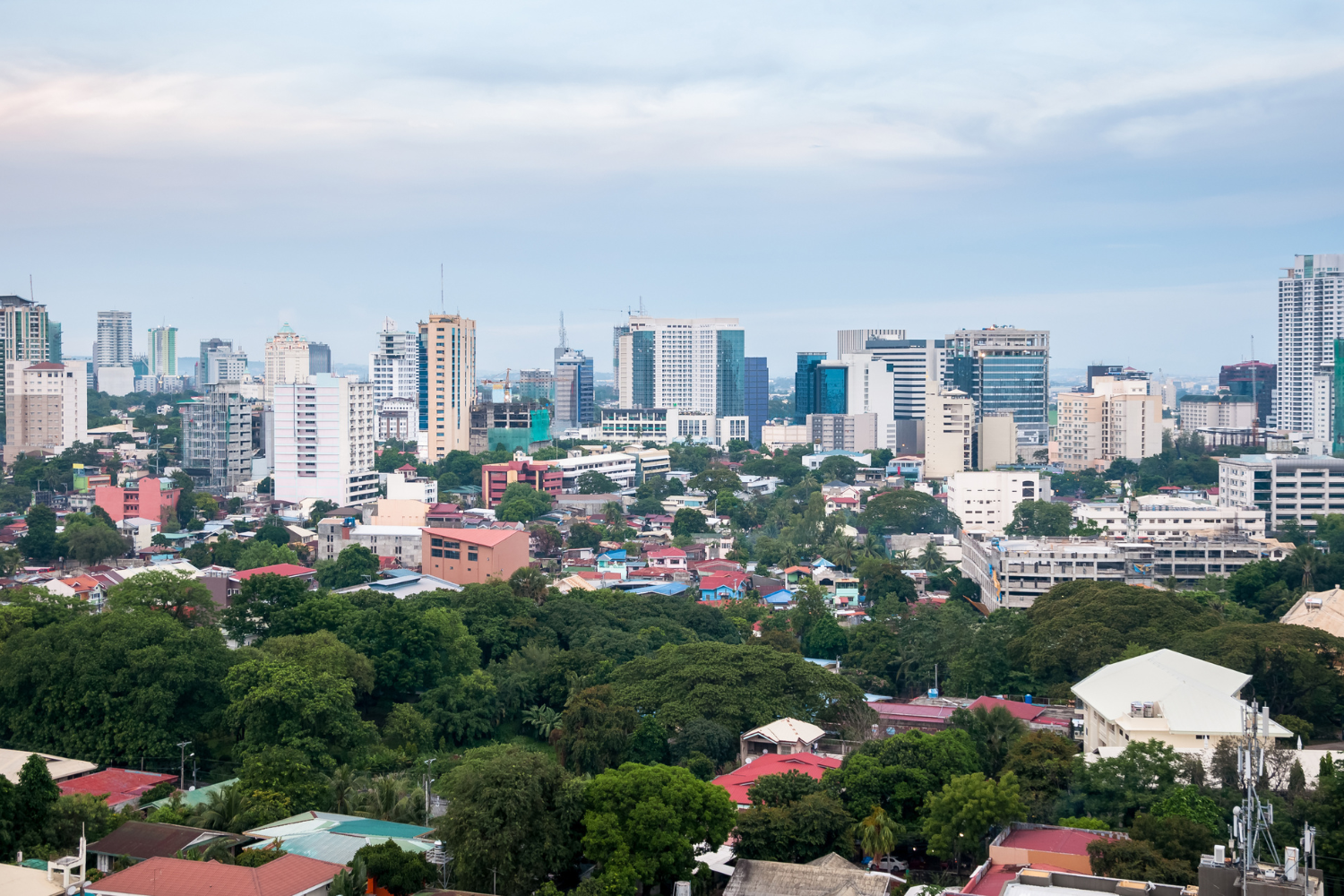Understanding the Philippines salary benchmarks Manila Cebu Davao is essential for employers hiring talent, business owners expanding offshore, and job seekers navigating the Philippine job market. Salary levels in Metro Manila, Cebu, and Davao reflect differences in cost of living, job prospects, and demand for specialized skills. In 2025, average salary figures, regional minimum wages, and competitive compensation packages continue to shift as the country’s economic landscape evolves.
This guide breaks down key trends in salary in the Philippines, comparing minimum wage, median salary, and annual salary ranges across regions to help you offer competitive salaries, understand the labor market, and remain competitive in attracting top Filipino workers.

Why Region Matters When Hiring in the Philippines
Salary in the Philippines can vary by 10–15% depending on the city and type of role. While Metro Manila offers the highest salaries, provinces like Cebu and Davao often have lower average salaries but still offer access to a highly skilled workforce. The cost of living influences these differences, the local job market, and the presence of business process outsourcing companies.
Understanding more than just a job title is vital for startups building an outsourced Philippines team. A “virtual assistant” in Manila may command higher salaries than one in Davao with the same skill set. Choosing the right region helps employers find competitive salaries, better retention, and fair compensation while still meeting their business goals.

Quick Overview: The Top 3 Hiring Regions for Startups
Founders looking to hire Filipino workers should focus on the top three regions that offer strong job prospects, large talent pools, and diverse salary expectations. Each region presents unique advantages for foreign and local employers hiring in 2025.
- Metro Manila: Largest talent pool in the national capital region, strong English proficiency, but with the highest living costs and salary rates.
- Cebu: A balanced market with access to skilled professionals and competitive pay; slightly lower salaries than Manila.
- Davao: Offers lower living costs, strong retention, and a growing pool of skilled professionals in tech and admin roles.

2025 Monthly Salary Benchmarks by Role and Region (in USD)
Salaries across the Philippine labor market are shaped by location, role type, and industry demand. The table below shows average monthly salary ranges by role across Manila, Cebu, and Davao to help companies structure competitive compensation packages and plan smarter hiring.
| Role | Manila | Cebu | Davao |
|---|---|---|---|
| Virtual Assistant | $700–1,200 | $600–1,000 | $500–900 |
| Customer Support Rep | $600–1,000 | $500–850 | $450–750 |
| Bookkeeper | $800–1,300 | $700–1,100 | $600–1,000 |
| Social Media Assistant | $750–1,200 | $650–1,000 | $550–850 |
| Junior Web Developer | $1,200–2,000 | $1,000–1,800 | $900–1,600 |
| Graphic Designer | $850–1,400 | $750–1,200 | $650–1,000 |
These salary levels reflect what companies typically pay to offer competitive salaries and attract talent in 2025. They also show how salary benchmarks in the Philippines vary widely depending on the region, the role, and the labor costs tied to each location.

Metro Manila Salary Insights
Metro Manila offers the largest and most developed job market in the country. It is also where the average salary in Philippines tends to be highest across roles.
Most competitive and experienced candidates
Metro Manila attracts highly qualified candidates with specialized skills and experience in global companies. Many Filipino employees in the national capital region have worked in the outsourcing industry or international teams, which gives them strong resumes.
These professionals often seek competitive pay and career growth opportunities, and some may command higher salaries depending on their experience and specialization.
High cost due to MNCs and top-tier BPOs
Global companies and business process outsourcing (BPO) leaders are based in Metro Manila, driving up wages. Because of this, the average monthly salary is higher than in Cebu or Davao.
These multinational corporations compete for top talent, offering significantly higher salaries to those with in-demand skills, which raises the bar for employers hiring in the region.
High turnover risk if pay and growth aren’t clear
With so many opportunities in the city, workers switch jobs quickly if competitive salaries, growth paths, or fair compensation aren’t clearly offered. High labor costs and high demand mean companies that don’t plan well may lose talent to competitors. To avoid this, founders must provide more job security and clearly show future role development.

Cebu Salary Insights
Cebu provides a strong middle-ground for companies that want access to skilled workers without the high cost of Metro Manila.
Similar quality to Manila with slightly lower rates
Cebu professionals often have similar qualifications to those in Manila, but salary expectations are 10–15% lower. This helps businesses offer competitive compensation packages while controlling costs. Many employers prefer Cebu-based teams because they deliver strong work at lower salaries without sacrificing quality.
Strong English skills and access to digital marketing, IT, and service roles
Cebu is known for its excellent English-speaking talent pool and is home to many skilled professionals in digital marketing, IT, and customer support. Many workers have experience in the outsourcing industry and are trained to work with foreign employers, making them a good fit for roles that require regular communication.
Good balance for founders hiring on a budget
Many startups consider Cebu due to its mix of talent, relatively lower costs, and solid infrastructure. Like other major cities, Cebu has access to experienced private-sector professionals and freelancers who are open to offshore work for lower wages while expecting competitive pay. It’s a smart option for founders looking to remain flexible without compromising talent.

Davao Salary Insights
Davao is gaining attention as a growing source of remote talent in the Philippine job market. It offers lower labor costs and better retention for many roles.
Fast-growing talent hub with lower salary expectations
In Davao, the average income is lower than in major cities, but there’s been significant salary growth in recent years due to increased demand for remote workers. This shift has opened doors for workers in tech, admin, and creative roles. Employers benefit from lower salary expectations while tapping into a highly skilled workforce.
Often lower competition = higher retention
Unlike Manila and Cebu, Davao has fewer foreign employers and BPOs, reducing talent competition. This leads to better retention, especially for public sector jobs, entry-level positions, and long-term support roles. Founders can build stable teams and avoid the high turnover in larger cities.
Ideal for support roles, bookkeeping, and VAs
Many employers have found success in hiring virtual assistants, bookkeepers, and customer service staff from cities like Davao, where retention and salary expectations may be more manageable. Workers in these roles usually stay longer and value stable income, tax benefits, and respectful employers. Businesses looking to expand offshore teams at lower costs often find Davao a perfect fit.

Other Factors That Influence Regional Salary Expectations
Regional pay rates don’t depend on location alone. Several other factors affect salary benchmarks in the Philippines and what employees expect across different cities.
Living costs and commuting options
Areas with higher cost of living, like Manila, drive up salary expectations. Workers in provinces like Davao or nearby rural regions often accept lower wages because their living costs are lower. Easy or hard access to jobs, including traffic and transport costs, also influences pay demands.
Local job market competition
If there are many job openings but few workers, salaries go up. The labor market is more competitive in crowded cities, pushing companies to offer higher salaries. In contrast, smaller markets allow employers to offer fair compensation without overextending their budget.
Access to universities and training programs
Cities with strong universities produce more skilled professionals who can enter high-paying fields. Manila and Cebu benefit from top schools that feed into the private sector and outsourcing industry. These graduates often set the tone for the national average and median monthly salary nationwide.

How to Choose the Right Region for Your First Offshore Hire
Choosing where to hire in the Philippines affects your team’s budget, growth, and stability. The right location depends on your role needs, expected salary levels, and long-term goals.
Consider role type, salary flexibility, and retention needs
Each region offers strengths depending on what you’re hiring for. Think about your team structure and what matters most—lower salaries, faster hiring, or stronger job retention.
- Support roles: Davao may be a strong option for lower cost and long-term stability
- Creative or IT roles: Cebu offers balance with quality and price
- Specialist or leadership roles: Manila gives fast access to experienced talent
- High turnover risk: Avoid Metro Manila unless growth and pay are clear
- Retention goals: Smaller cities usually offer better team loyalty
Start in Cebu or Davao to save without sacrificing quality
Hiring in Cebu or Davao gives you access to skilled Filipino workers while keeping your labor costs lower than in Metro Manila. These regions produce high-quality talent in customer service, marketing, and back-office roles. Many foreign employers build offshore teams here first to reduce overhead without hurting performance.
Manila may be preferred for specialist roles or when faster access to a vast talent pool is important
Metro Manila may be the right place to start if your business needs fast hiring or access to specialized skills. The city offers the largest talent pool and is best for urgent hires in tech, leadership, or high-demand sectors. While it costs more, the time saved and skill level gained can offset the expense.
Where You Hire in the Philippines Matters
Choosing the right region in the Philippines can help businesses offer competitive salaries, build committed teams, and manage salary expectations wisely. Hiring in Metro Manila, Cebu, or Davao comes with trade-offs in cost of living, access to talent, and salary benchmarks in the Philippines.
The key is not just chasing the lowest salary but finding the right balance of skill, fair compensation, and cultural fit. Use current salary data, consider long-term goals, and aim for a hiring strategy supporting growth and stability.
Frequently Asked Questions
What is the average salary in the Philippines in 2025?
The average monthly salary in the formal sector ranges from $330 to $370, but remote and specialized roles may command higher pay depending on skills and region.
Do Metro Manila employees have higher salary expectations?
Yes, workers in Metro Manila often expect higher salaries due to the high cost of living and job competition.
Is Cebu a good place to hire remote Filipino workers?
Yes, Cebu offers strong English skills, solid talent, and slightly lower average salaries than Manila.
Why is Davao popular for outsourcing?
Davao has gained attention for offering lower salary expectations and may provide better retention rates in specific roles.
How do I know I’m offering fair compensation?
Use Philippines salary benchmarks, consider the regional minimum wages, and match your pay to the role and experience level.
References
- Department of Labor and Employment. (2024). NCR Wage Board Grants Minimum Wage Increase for Workers in Private Establishments. https://dole.gov.ph/news/ncr-wage-board-grants-minimum-wage-increase-for-workers-in-private-establishments-2/
- Department of Labor and Employment. (2025). Status of Regional Minimum Wage Increases for Workers in Private Establishments. https://dole.gov.ph/news/status-of-regional-minimum-wage-increases-for-workers-in-private-establishments/
- Philippine Statistics Authority. (2025). Consumer Price Index and Inflation Rate. https://psa.gov.ph/price-indices/cpi-ir
- Philippine Statistics Authority. (2024). Family Income and Expenditure Survey. https://psa.gov.ph/statistics/income-expenditure/fies
- Philippine Statistics Authority. (2023). Highlights of the 2022 Occupational Wages Survey (OWS). https://psa.gov.ph/statistics/occupational-wages-survey
- Philippine Statistics Authority. (2025). Labor Force Survey. https://psa.gov.ph/statistics/labor-force-survey
- Philippine Statistics Authority. (2025). Statistical Tables. https://psa.gov.ph/statistics/vital-statistics/stat-tables




